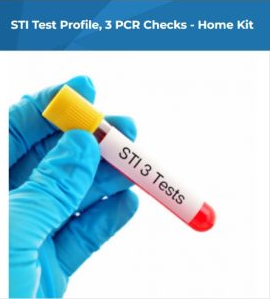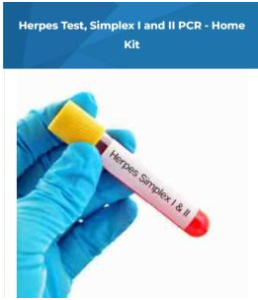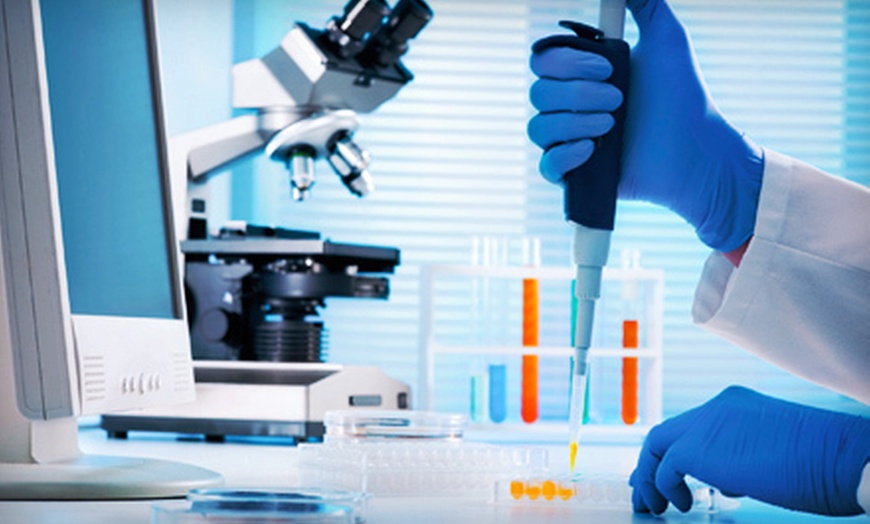We have discussed various screenings, their types, uses, and advantages, but we have yet to focus on who invented these exams. So in this article, let’s discuss the inventions of these monitoring. Firstly, STD Testing is vital in identifying and diagnosing infections to enable appropriate treatment and prevent further spread. Secondly, Herpes testing is also an important tool that has a critical place in preventing sexual diseases.
STD Testing History and Developments
Firstly, let’s dive into the history of STD monitoring and discuss the key individuals who played significant roles in its invention and development. Let’s delve into the experts and scientists who changed this system from early methods to modern designs.

Early Pioneers of STD Testing:
In 1879, German physician Albert Neisser discovered the bacteria responsible for gonorrhea, which he named Neisseria gonorrhea. His new and creative work laid the foundation for developing early diagnostic exams for gonorrhea. In addition, August von Wassermann, a German immunologist, introduced the first serological exam for syphilis in 1906. He named it as Wassermann exam. This exam focused on finding specific cells produced in response to the syphilis bacterium, Treponema pallidum.
Development of Rapid Diagnostic Investigation:
- Paul Ehrlich: German scientist Paul Ehrlich played a significant role in monitoring sexual diseases, particularly syphilis. In 1906, he introduced the Wassermann-Neisser exam, an improved version of the Wassermann exam that increased its sensitivity and accuracy.
- Selman Waksman: American scientist and microbiologist Selman Waksman developed the first effective antibiotic treatment for syphilis, streptomycin, in the 1940s. Streptomycin revolutionized syphilis management and was instrumental in reducing the spread of the disease.
Development and Growth:
- Robert Gallo: American virologist Robert Gallo played a pivotal role in the development of the first blood exam for HIV, which is a dangerous sexual disease. In 1984, Gallo and his team at the National Institutes of Health (NIH) discovered HIV as the cause of AIDS. Subsequently, they developed the HIV antibody exam, which detects antibodies produced in response to HIV infection.
- Kary Mullis: American biochemist Kary Mullis invented the polymerase chain reaction (PCR) technique in 1983, revolutionizing DNA checking. PCR has been crucial in improving the accuracy and efficiency of HIV monitoring. It also helps in early findings and tracking of the virus.
Developments in STD Panel Testing:
- Innovations in Multiplex Monitoring: Over time, development in technology have led to the development of multiplex, which allows for simultaneously checking multiple STDs from a single sample. These new exams detect genetic material (DNA) or antibodies related to various STDs, improving diagnostic ability and comfort.
- Roles of Diagnostics Companies: Diagnostic companies, such as Roche, Abbott, and Hologic, have played a significant role in advancing STD examinations. They invest in research and development, manufacturing advanced monitoring kits, and collaborating with medical professionals to improve the accuracy and accessibility of these screenings.
Herpes Testing History and Developments
Monitoring this infection plays a crucial role in diagnosing and managing the disease caused by the HSV virus. In this article, we will explore the history of this exam and discuss the key individuals who played a vital part in its invention and development. Let’s delve into the experts who changed the look of this medical tool from early finding methods to modern growth.

Early Pioneers:
- Robert Koch: German physician and microbiologist Robert Koch played a significant role in researching infection and diseases. In 1884, he identified the herpes simplex virus (HSV) as the agent which causes the condition of herpes. Koch’sKoch’s discovery laid the foundation for future developments.
- Albert Sabin: American scientist Albert Sabin, known for creating the oral polio vaccine, conducted broad research on HSV. His work helped to give a better understanding of the virus. Additionally, it also paved the way for development in the monitoring of the HSV virus.
Development of Viral Culture and Tissue Culture Methods:
- Thomas Weller: American virologist Thomas Weller and his colleagues successfully grew the HSV virus in tissue culture in 1952. This success helped with the mass production of the virus. Additionally, it helped in research and the development of diagnostic exams.
- Howard Temin: American scientist Howard Temin played a significant role in developing viral culture methods. His work on tissue culture techniques in the 1950s and 1960s helped the growth of herpes testing. Additionally, a large part of the HSV virus finding is dedicated to him.
Serological Screening:
- Development of Antibody Exams: Over time, these types of exams for the HSV virus became necessary to diagnose the infection. These exams detect antibodies the body produces in response to the HSV virus. In addition, various scientists and labs are also related to developing herpes serological exams. Those labs and researchers include enzyme-linked immunosorbent assay (ELISA) and Western blot.
Polymerase Chain Reaction (PCR) and DNA Testing:
- Kary Mullis: Another American scientist Kary Mullis, who invented the polymerase chain reaction (PCR) technique in 1983, revolutionized the DNA checking exam. PCR has significantly improved the checking of the HSV virus by allowing the direct detection of the genetic material of the HSV virus.
Conclusion:
The discovery and development of these monitoring methods have resulted from dedicated efforts by numerous experts in various medical fields. From early diagnostic procedures to modern growth, these individuals have significantly changed how we find and diagnose STDs. Similarly, herpes testing has increased dramatically since its inception, thanks to the roles played by numerous scientists and experts in virology and diagnostic technologies. These individuals have paved the way for correct and logical HSV virus diagnosis, from early discoveries of the virus to developing viral culture methods, serological screening, and PCR techniques. Therefore, today, the parts and roles they play continue to shape the monitoring of these sexual diseases, enabling early detection, effective treatment, and improved patient outcomes.


